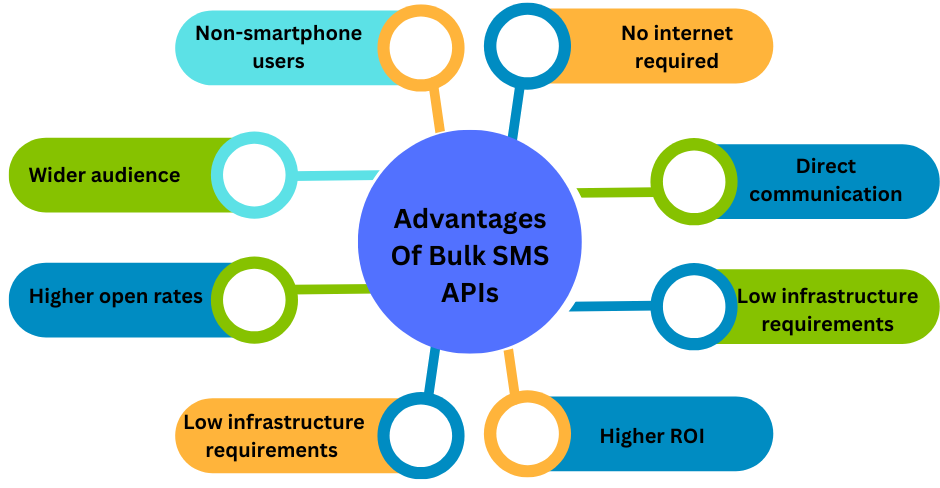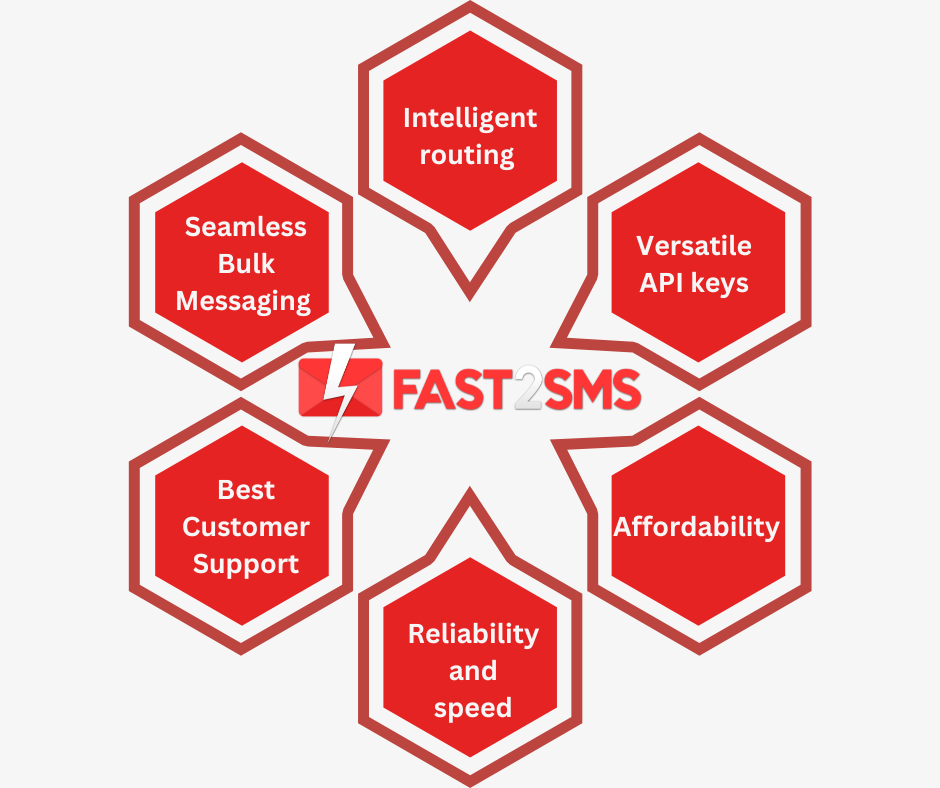Bulk SMS API Rate Limits And Throttling
An API allows for the integration of SMS capabilities into software applications, websites, or systems for SMS messaging.
Bulk SMS API specifically refers to an API that enables sending large volumes of text messages to a wide audience. Rate limits and throttling are crucial aspects of using a Bulk SMS API.
Rate limits refer to the maximum number of messages that can be sent within a specific period, while throttling involves controlling the rate at which messages are sent to avoid overloading the system.
These mechanisms are important as they help manage the flow of messages, prevent system overload, and maintain service quality.

Bulk SMS API Rate Limits
Rate limits refer to the maximum number of requests that can be sent to the Bulk SMS API within a specific period. These limits are put in place to control the amount of traffic and prevent abuse of the API.
Rate limits are crucial for maintaining the stability and reliability of the Bulk SMS API. They help prevent server overload, ensure fair usage, and protect the system from potential security threats and denial-of-service attacks.
Additionally, there might be limits based on the type of requests or user authentication levels to ensure that the API is used responsibly and efficiently.
Throttling in Bulk SMS API
Throttling in the context of a Bulk SMS API refers to the process of limiting the number of messages that can be sent within a specific period. This limitation is imposed to regulate the flow of outgoing messages and to prevent system overload.
The primary purpose of throttling in a Bulk SMS API is to ensure the stability and reliability of the messaging system.
By controlling the message traffic, throttling helps to maintain optimal performance and prevent server crashes or slowdowns.
Additionally, it can also be used to comply with regulatory requirements or service level agreements (SLAs) that dictate the maximum message throughput.
Throttling works by setting a predetermined limit on the number of messages that can be sent per second, minute, or hour.
When the limit is reached, any additional messages are queued and sent out once the system capacity becomes available.
This controlled approach helps to prevent abrupt spikes in message volume and ensures a consistent user experience for both senders and recipients.
Throttling parameters can be configured based on various factors such as account type, message volume, and network conditions.
It is an essential mechanism for maintaining the overall performance and reliability of a Bulk SMS API.
With Fast2SMS you don’t have to worry about throttling and any SMS cutting. Send your bulk SMS campaigns hassle-free with 100% transparency and quality services.

Best Practices for Managing Rate Limits and Throttling
Adhering to rate limits and throttling is crucial for maintaining system stability, preventing performance degradation, and ensuring fair resource allocation for all users.
By adhering to these limits, you can minimize the risk of overwhelming the system and maintain a consistent quality of service for all users.
To efficiently handle rate limits and throttling, consider implementing caching mechanisms, optimizing API requests, and utilizing asynchronous processing.
Additionally, it’s important to monitor and analyze usage patterns to adjust rate limits dynamically and prevent unnecessary throttling.
Violating rate limits and throttling policies can lead to degraded system performance, increased error rates, and potential service interruptions.
This happens for both the violating user and other users sharing the same resources. It can also result in reputation damage and access restrictions.

